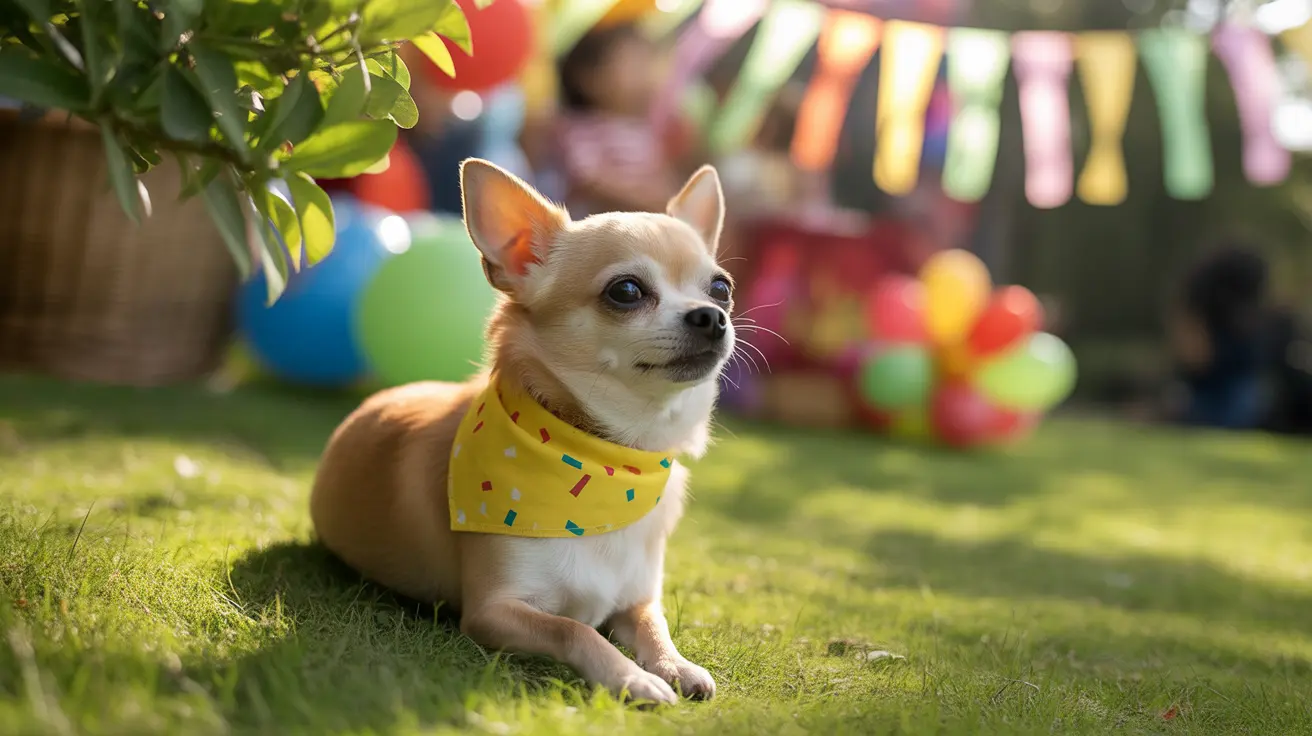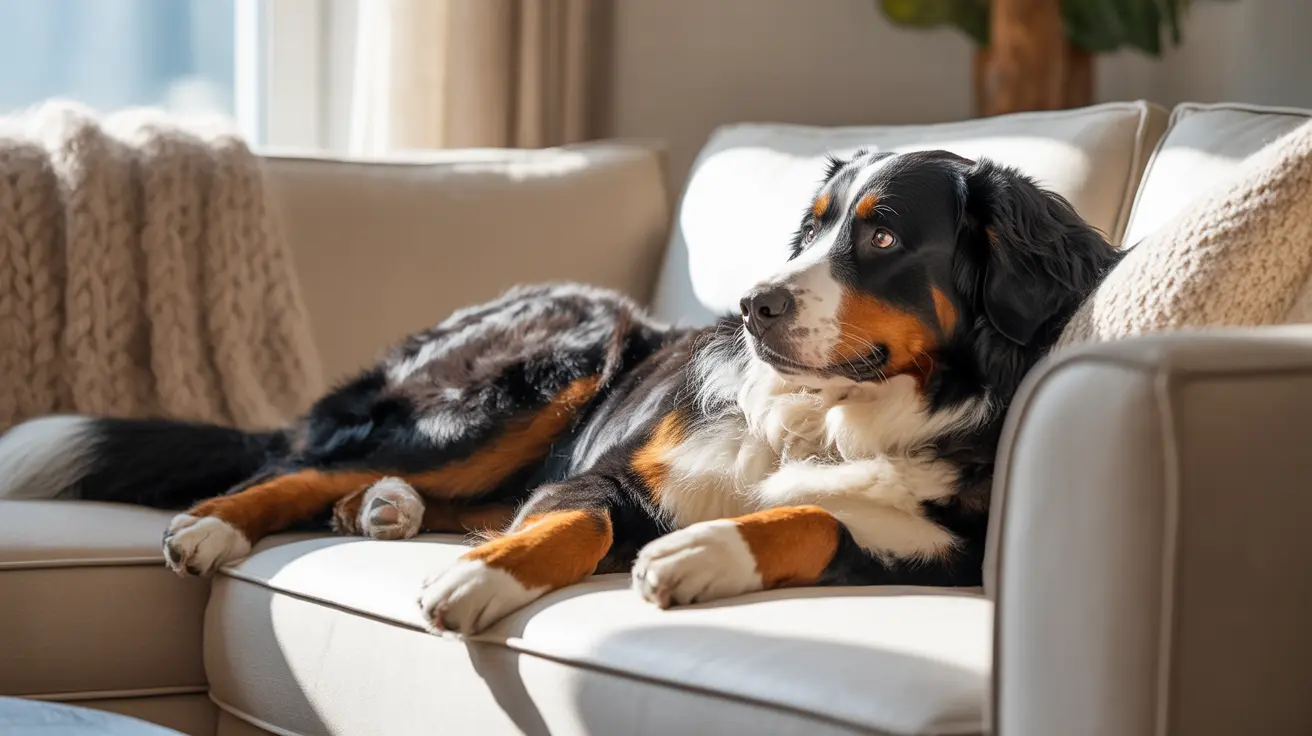Understanding the Rhodesian Ridgeback: A Distinctive and Loyal Companion
The Rhodesian Ridgeback stands out among dog breeds for its athletic build, intelligence, and most notably, the unique ridge of hair running down its back. Originally bred in southern Africa, this remarkable hound has a rich history intertwined with both European settlers and indigenous peoples.
Origins and History
The breed's story begins with local African ridged dogs kept by the Khoikhoi people. When Dutch settlers arrived in southern Africa, they crossed these native dogs with European breeds such as Greyhounds, Mastiffs, Bulldogs, Terriers, Great Danes, and Bloodhounds. The goal? To create a versatile dog that could track game (including lions), protect homesteads from wild animals and intruders, and withstand harsh climates.
Cornelius van Rooyen, a big game hunter in the late 19th century, played a key role in refining what would become known as the Rhodesian Ridgeback. By 1922 in Bulawayo (then Southern Rhodesia), the first formal breed standard was drafted. It gained official recognition from the South African Kennel Union in 1927.
Physical Characteristics
- Size: Large; typically 24–27 inches at the shoulder; weight ranges from 70–85 pounds.
- Coat: Short, dense, glossy; colors range from pale flaxen to deep red wheaten.
- Nose: Black or brown (liver).
- The Ridge: The hallmark feature—a strip of hair growing in reverse direction along the spine from just behind the shoulders to the hips.
A small amount of white on the chest or toes is acceptable. Some puppies are born "ridgeless"—they lack this signature feature but make equally loving pets.
The breed's ears are set high and hang down; eyes should harmonize with coat color. Their athletic build includes a deep chest and well-developed muscles. Moderate shedding is normal.
Temperament and Personality
The Rhodesian Ridgeback is intelligent, loyal, and sometimes independent or strong-willed. They often appear reserved or aloof with strangers but form deep bonds with their families. Protective by nature but not aggressive without reason, these dogs thrive with early socialization and consistent positive-reinforcement training.
- Tend to do well with children when raised together (supervision recommended due to size).
- Can coexist peacefully with other dogs if socialized early.
- May have a strong prey drive—caution around small pets unless raised together.
Exercise Needs
This breed needs plenty of physical activity and mental stimulation. Daily walks or runs are essential—Ridgebacks excel at tracking, agility courses, obedience work, lure coursing, hiking, swimming, and more. Without enough activity or engagement, they may resort to digging or chewing out of boredom.
- A securely fenced yard is highly recommended—they can dig or jump surprisingly well!
Grooming Requirements
- Weekly brushing suffices for their short coat.
- Bathe monthly or as needed—Ridgebacks are generally clean without a strong odor.
- Nail trims should be routine; many tolerate grinders better than clippers.
- Ears need regular inspection and cleaning to prevent infections (especially after outdoor adventures).
Health Considerations
The average lifespan is about 10–12 years (some live up to 15). While generally healthy, several inherited conditions can affect them:
- Hip/elbow dysplasia: Joint issues common in large breeds; managed through weight control/activity or sometimes surgery/medication.
- Dermoid sinus: A congenital skin defect along the spine requiring surgery; affected dogs shouldn't be bred.
- Hypothyroidism: Often due to autoimmune thyroiditis; managed with daily medication.
- Eye problems: Including cataracts and entropion among others.
- Bloat (gastric dilatation volvulus): Deep-chested breeds like Ridgebacks face higher risk—smaller meals and calm periods after eating help reduce risk.
- Deafness: Some lines may develop progressive deafness over time.
Responsible breeders screen for these disorders—look for health certifications if you're considering a puppy.
Nutritional Needs
- Diets should match their size, age, activity level—large-breed formulations are ideal for most adults.
- Puppies require food designed for large-breed growth stages.
Treats work well as training rewards but should be limited to avoid obesity. Watch out—they're notorious "counter surfers" who'll swipe food if left unattended!
Lifestyle Suitability
The Rhodesian Ridgeback adapts well to various living situations if exercise needs are met. They're patient with children when raised together but supervision is wise due to their strength and exuberance. Not always ideal for homes with small pets unless introduced young and managed carefully. With proper training and care they become loyal family members—athletic partners outdoors yet affectionate at home.





